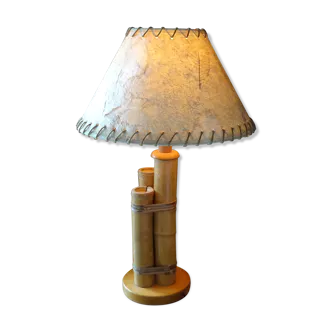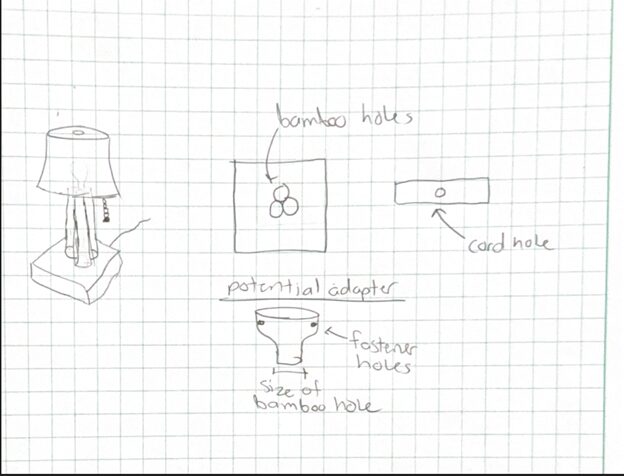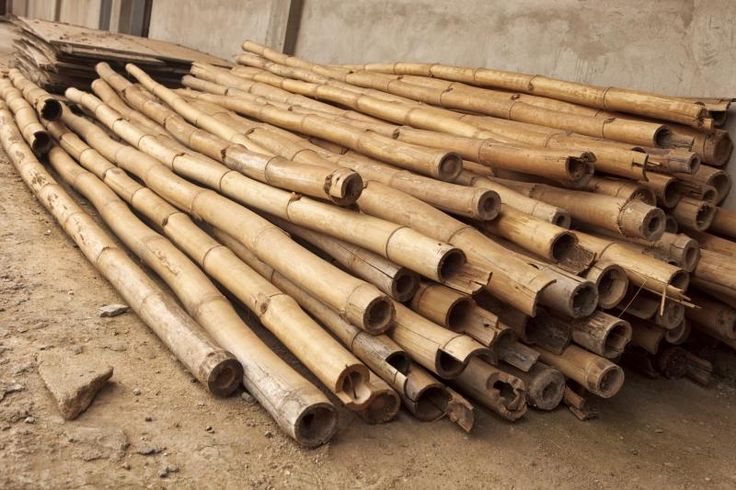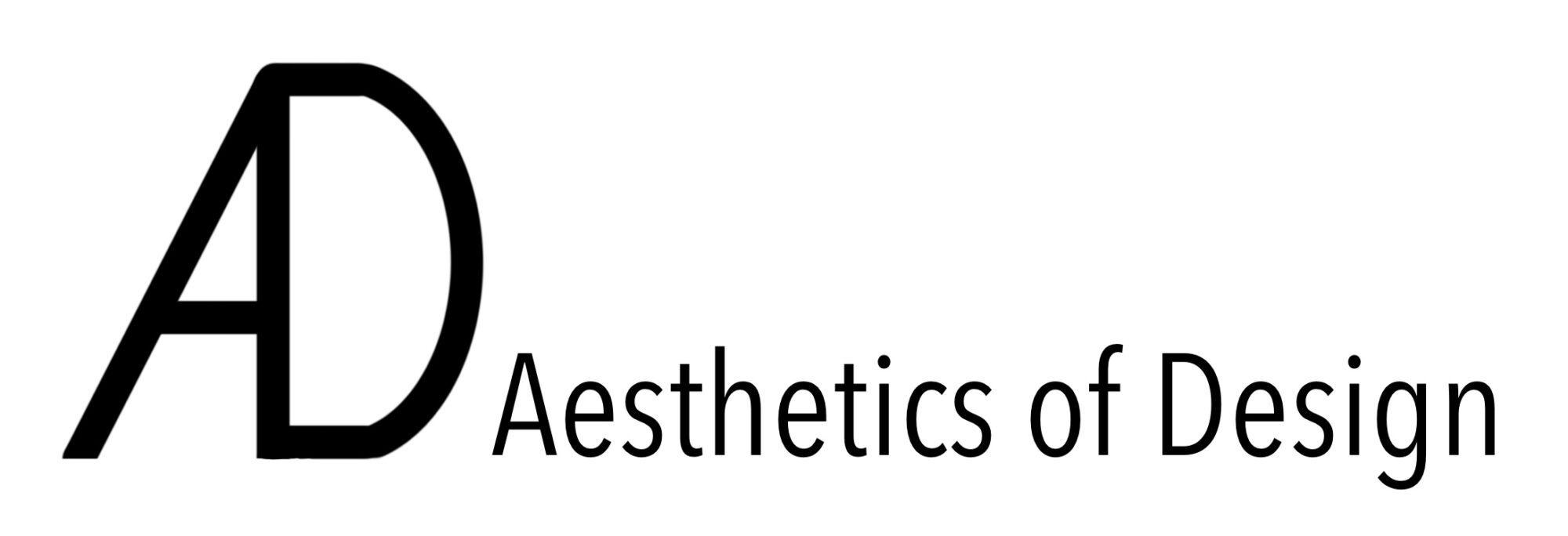For my project I am making a lamp that’s body is made of bamboo. The base will be made out of wood but the body that holds the lightbulb, lampshade, and wiring will be made of bamboo. I bought bamboo and did not do too much planning before ordering and buying my materials and it left me in an interesting position.

The photo above shoes my inspiration for the project but I have taken a slightly different approach. For my project I will be forming 2 concentric circles out of bamboo. The outer circle will be there to add width and give the lamp a full bodied feel. The inner circle will be there to hold the lamp socket and wiring and it is where the light will actually rest.

Contraints:
- Skill
- Time
- Materials
- Other Coursework
- Available Woodshop Hours
One of my biggest constraints is my skill at woodworking. What I did not think about before buying the bamboo is that NONE of the bamboo is straight. This poses a few difficulties. The first is in fastening them to the wooden base. Placement and orientation is pivotal to ensure that the bamboo does not trend out towards the top like a peeled banana. I expect that a majority of my time will be spent doing just this. Fixing the bamboo, ensuring I have the placements correct before glueing them into slotted holes on the wooden base. The curved nature of the bamboo has also brought up concerns when cutting them to equal size. They need to all be the same length when cut or else the lampshade will be crooked. To account for this I plan on using a level surface that will provide a stop for the bamboo base so I can cut all of them to size. Outside of skill, I believe time, materials, other coursework, and available workspace hours will be my biggest constraints. One thing I did not consider before starting this project is that slabs of wood are not readily available. It is easy to buy planks but finding wood wider than 3in is not something you can buy at home depot. Also, if I want to stain and prep all the wood to avoid damage in different seasons and to have a nice finish it will take time for the wood to dry and be ready for assembly.

Specifications:
- Straightness
- Complementary design elements
- Colors that accent my room
- Invisible cord threading
- Produces light
There are some key aspects I want my lamp to have. Mostly, I want it to look straight when standing. I think this is a key indicator of a lamp and would make it easier on the eyes for friends and myself. Some other things I hope for the lamp to have are complementary design elements, colors that accent my room, invisible cord threading, and that it works! With these I feel I would have a complete lamp that would fulfill my vision for the project and help to accentuate my room as planned.
Sources:
Figure 1: Inspiration
https://www.selency.nl/c/lighting/table-lamp/bedside-lamp-and-table-lamp?materialTitle=zinc~bronze~rattan%20and%20wicker&sortBy=PRODUCTS_EN_BS2&page=16
Figure 3:

4 Comments. Leave new
Hi Brian,
This is a super neat idea! What aesthetic are you trying to achieve? Will you be doing any other post cutting processing to the wood?
Hey Chrisanna thank you for the response. I am going for a naturalism aesthetic that looks to use natural materials and create a natural looking structure. I think I may be too short on time to stain and add other finishes to the wood before assembling the lamp but if time allows I plan on finishing the wooden components. I can also finish this after the expo as well.
This sounds like a really cool project! I love the idea of using bamboo for the body of the lamp, and it’s great that you’re thinking ahead about the challenges with the curved nature of the material. The attention to detail, like ensuring the bamboo is properly aligned and the cord is hidden, will definitely give your lamp a polished, professional look.
Thanks Ariana, I hope that the planning pays off. Fingers crossed.